Plate Processing Company
Troubleshooting Poor Cut Quality in Plasma Cutting
Troubleshooting Poor Cut Quality in Plasma Cutting
Plasma cutting is one of the most reliable methods for shaping metal, but even advanced systems can produce poor cut quality if certain issues arise. Whether you are working on construction steel plates or precision components, cut quality directly impacts efficiency, cost, and safety. HD plasma cutting in Houston delivers excellent results when operators understand how to identify and correct common problems.
Let’s review some of the most frequent causes of poor cut quality in plasma cutting and how to troubleshoot them effectively.

Problem: Dross Formation
What it looks like: Excess molten metal clings to the bottom of the cut, creating rough edges that require grinding.
Common causes:
- Cutting speed too slow
- Torch height too high
- Incorrect amperage setting
Solution: Increase the cutting speed while maintaining proper torch-to-work distance. Adjust the amperage to match the material thickness. For example, a Houston fabrication shop cutting 1-inch carbon steel plates improved results by raising cutting speed and lowering torch height, which reduced cleanup time significantly.
Problem: Beveled or Angled Cuts
What it looks like: The cut edge is slanted instead of straight, which creates fit-up problems during assembly.
Common causes:
- Worn consumables
- Improper torch alignment
- Incorrect travel speed
Solution: Replace worn tips and electrodes regularly to maintain consistent arc quality. Align the torch perpendicular to the workpiece and adjust travel speed for uniform cuts. Many automotive fabricators in Houston schedule routine consumable changes to prevent angled cuts that could compromise precision parts.
Problem: Incomplete Cuts
What it looks like: The plasma arc fails to cut all the way through the material, leaving uncut sections.
Common causes:
- Cutting speed too fast
- Insufficient amperage
- Using the wrong gas mixture
Solution: Slow down the cutting speed and verify that the amperage matches the material thickness. For thicker steel, use the proper gas combination recommended for HD plasma cutting. A shipbuilding company in Houston solved incomplete cuts by reducing speed when processing steel plate sections for hull fabrication.
Problem: Excessive Kerf Width
What it looks like: The cut gap is wider than expected, leading to material waste and poor accuracy.
Common causes:
- Incorrect torch height
- Using worn consumables
- Operating at too high amperage
Solution: Keep torch height consistent with the recommended distance for the material. Replace consumables before they degrade cut quality. Lower the amperage if it exceeds the requirements. Heavy equipment manufacturers in Houston found that monitoring kerf width during production reduced waste and improved part fit.
Problem: Rough or Wavy Edges
What it looks like: The edges are uneven or wavy, making assembly difficult.
Common causes:
- Torch vibration during cutting
- Inconsistent cutting speed
- Poor table or material stability
Solution: Secure the workpiece firmly and maintain a steady cutting speed. Check the cutting table for vibrations and adjust accordingly. In custom fabrication projects, operators in Houston stabilize sheet metal panels with clamps before cutting to achieve smooth, accurate edges.
Achieving Consistent Results
Poor cut quality often results from small issues that add up during the cutting process. By monitoring speed, torch height, consumables, and equipment stability, operators can troubleshoot problems quickly. HD plasma cutting in Houston offers excellent precision when these best practices are applied consistently.
At Apache Steel Works, we specialize in providing plasma cutting services that deliver accuracy and efficiency. Our focus on safety, quality, and timely delivery ensures your projects receive reliable results every time. Whether you need precise components or large-scale steel fabrication, our team has the expertise to troubleshoot challenges and achieve the best outcomes.


